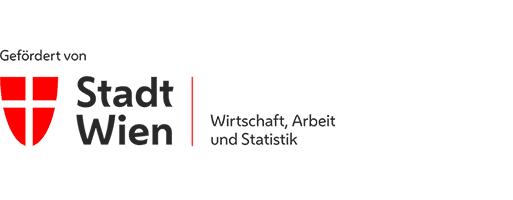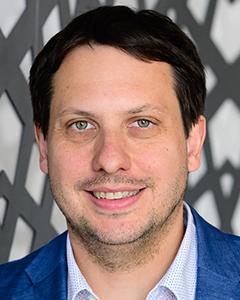DNA Sequencing as an Interdisciplinary Interface between Molecular Life Science and Computer Science (Sequence Tissue)
Call Nummer: 32-02 | Call Name: Quality Assurance of Teaching at Vienna’s Universities of Applied Education
With the help of infrastructure funding from the City of Vienna for the SequenceTissue project, DNA sequencing using “Next Generation Sequencing (NGS)” methods is to be taught as a state-of-the-art analysis technology at the University of Applied Sciences Technikum Wien (UASTW), not only theoretically but also practically, “hands-on”. For this purpose, the necessary equipment is to be purchased and a specialist for sequencing analyses is to be established at the UASTW. This infrastructure project will enable the UASTW to enter the world of “omics” technologies (genomics, transcriptomics, epigenomics and metagenomics). In addition to the practical application in laboratory exercises, courses with bioinformatics teaching content can be supplied with self-generated data from the department’s own laboratory practicals or research projects.
The use of NGS analyses in medicine and biology is constantly expanding. The devices are now easier and more robust to operate, and data analysis is increasingly being performed using cloud-based solutions or ready-to-use bioinformatics pipelines provided by the manufacturer. For these reasons, various NGS technologies are currently in the process of transitioning to standard or routine methods in the R&D and healthcare sectors. The UASTW does not want to miss the boat here and wants to prepare its students for the entry of this technology into the laboratory routine. Problem-based learning (PBL) is to serve as the central didactic concept for the teaching of this content, in which the participating lecturers from the life science sector in particular can already draw on extensive know-how. As an additional innovative approach, NGS is to be used as the central topic for interdisciplinary courses, especially with PBL character.
Students from different degree programs will work together to find solutions to interdisciplinary problems, which will result in an enormous added value for the learning of soft skills, e.g. the reporting of data and results obtained to groups of people from other disciplines.
Through SequenceTissue, NGS will be available as an additional analytical tool for bioreactor or tissue models or ecotoxicological test systems available at UASTW. Data generated can be used for teaching purposes on the one hand or help to understand the underlying biological processes of the model systems in more detail on the other. This describes the synergy of research and teaching in this project. In this way, current research activities in the Life Science field will be strengthened sustainably and further accents set in projects currently running at the UASTW, e.g. in the projects “AgingTissue” (MA23 #29-07) and “Microplastics & Nanoparticles”, (MA23 #29-13) or in the FWF funded doctoral program MatureTissue (FWF DFH-28) recently at a UAS for the first time.Through SequenceTissue, NGS will be available as an additional analytical tool for bioreactor or tissue models or ecotoxicological test systems available at UASTW. Data generated can be used for teaching purposes on the one hand or help to understand the underlying biological processes of the model systems in more detail on the other. This describes the synergy of research and teaching in this project. In this way, current research activities in the Life Science field will be strengthened sustainably and further accents set in projects currently running at the UASTW, e.g. in the projects “AgingTissue” (MA23 #29-07) and “Microplastics & Nanoparticles”, (MA23 #29-13) or in the FWF funded doctoral program MatureTissue (FWF DFH-28) recently at a UAS for the first time.Through SequenceTissue, NGS will be available as an additional analytical tool for bioreactor or tissue models or ecotoxicological test systems available at UASTW. Data generated can be used for teaching purposes on the one hand or help to understand the underlying biological processes of the model systems in more detail on the other. This describes the synergy of research and teaching in this project. In this way, current research activities in the Life Science field will be strengthened sustainably and further accents set in projects currently running at the UASTW, e.g. in the projects “AgingTissue” (MA23 #29-07) and “Microplastics & Nanoparticles”, (MA23 #29-13) or in the FWF funded doctoral program MatureTissue (FWF DFH-28) recently at a UAS for the first time.
Through SequenceTissue, NGS will be available as an additional analytical tool for bioreactor or tissue models or ecotoxicological test systems available at UASTW. Data generated can be used for teaching purposes on the one hand or help to understand the underlying biological processes of the model systems in more detail on the other. This describes the synergy of research and teaching in this project. In this way, current research activities in the Life Science field will be strengthened sustainably and further accents set in projects currently running at the UASTW, e.g. in the projects “AgingTissue” (MA23 #29-07) and “Microplastics & Nanoparticles”, (MA23 #29-13) or in the FWF funded doctoral program MatureTissue (FWF DFH-28) recently at a UAS for the first time.


Program Director Master Tissue Engineering & Regenerative Medicine
Research Focus Manager Bioengineering & Molecular Life Science Technologies